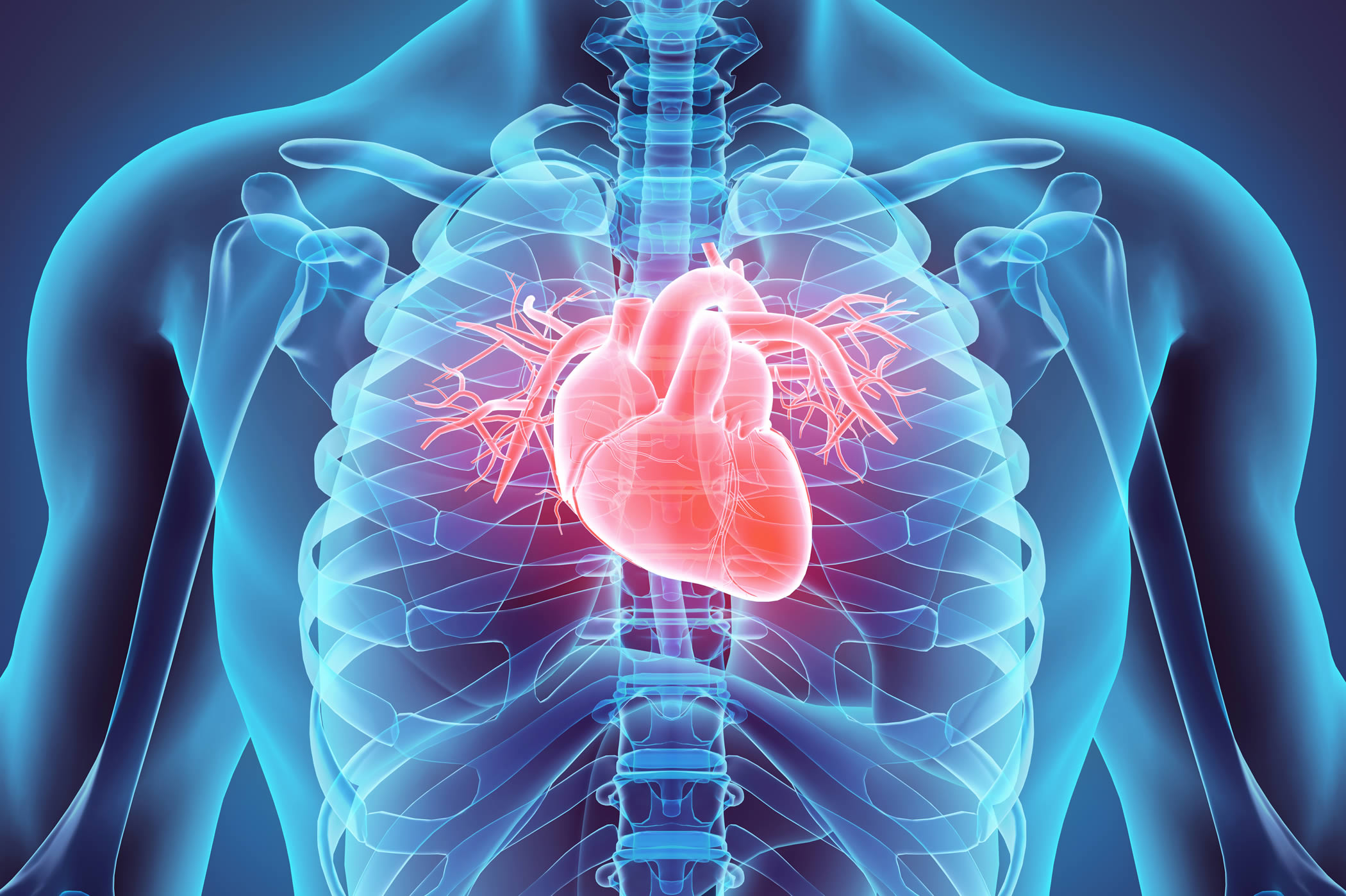For more patient information on MPI tests
MPI Exam Prep
Find out when you book
What is a myocardial perfusion imaging test?
Myocardial Perfusion Imaging, or an MPI test, shows how well blood flows through or perfuses your heart. It can show both the areas of the heart muscle that aren’t getting enough blood flow and how well the heart is pumping. This test is also known as a nuclear stress test.
The test uses a small amount of a radioactive material tracer. Tracers mix with your blood and are taken up by your heart muscle. A special ‘gamma’ camera takes pictures of your heart to show how well your heart muscle is perfused or supplied with blood.
The MPI test takes place on two separate days. It examines blood flow through your heart during exercise on the first day and at rest on the second day.
A physician will lead you through your stress test and you will be closely monitored while you walk on a treadmill. If you can’t exercise well, you may be given a medication to increase the blood flow to your heart muscle as if you were exercising.
At MIC, our Myocardial Perfusion Imaging Test includes a measurement of ejection fraction or the amount of blood pumped out of the heart during each heartbeat (contraction). This allows us to evaluate both myocardial perfusion and left ventricular function in one exam.
Our radiologist will assess the pictures and information generated when you are exercising and when you are rest to determine if your heart muscle is getting enough blood, or if blood flow is reduced due to narrowed arteries. The MPI can also show if you have previously had a heart attack or whether a heart procedure to improve blood flow such as a stent or bypass is working.
What to expect
- When you book your appointment, our Central Booking agent will give you instructions covering diet and medications. It is important that you follow these closely.
- The test will take place over two days to allow MIC to image your heart after exercising and again while resting.
- Each appointment takes approximately 2-3 hours
Day 1 – Exercise test
- For your first appointment, you should wear comfortable, loose-fitting clothes and bring shoes you can wear on an exercise treadmill.
- The MIC technologist will place small electrodes on your chest that hook up to a machine to record your electrocardiogram (ECG). The ECG keeps track of your heartbeat during your test.
- The technologist will put an intravenous line (IV) in your arm.
- A physician will monitor you while you exercise on a treadmill.
- If you cannot exercise, you will be given a medication through your IV line to increase the blood flow to your heart, similar to when you exercise.
- When you reach your peak activity level, you’ll receive a small amount of radioactive material (tracer) through your IV line.
- You’ll lie still on a table for 10- 30 minutes while the gamma camera takes several pictures of your heart.
Day 2 – Resting test
- At your second appointment, a radiopharmaceutical will be injected into your arm vein while at rest and an MIC technologist will take images of your heart.
After the test
- After your test you can go back to normal activities right away.
- Drink plenty of water to flush the radioactive material from your body.
- Our radiologist will review all of the information and send your practitioner a complete report, usually within 24 hours.
*Diabetic patients who use a glucose monitoring device should check with their manufacturer to see if they recommend removing their device before low-dose radiation exposure.
